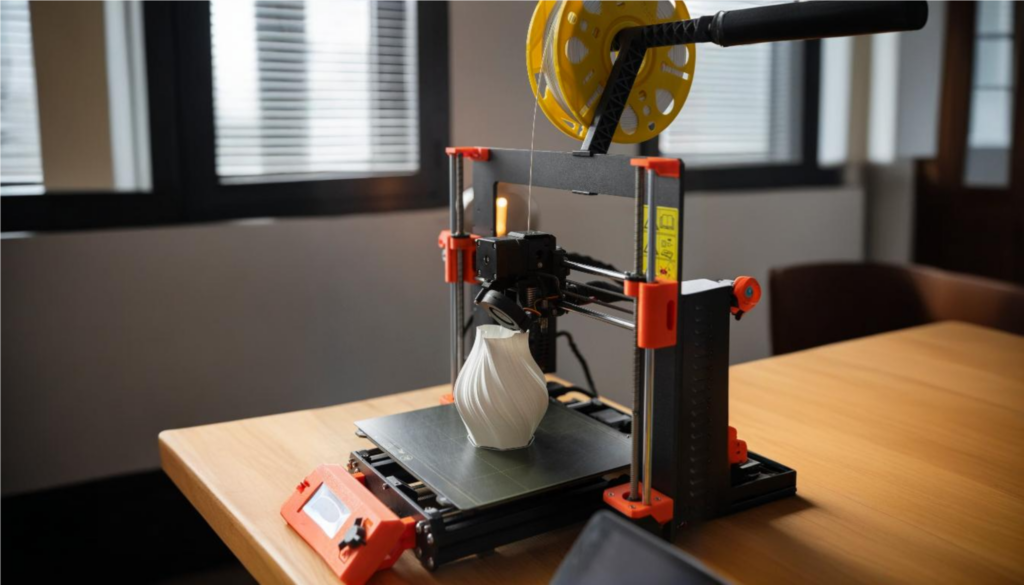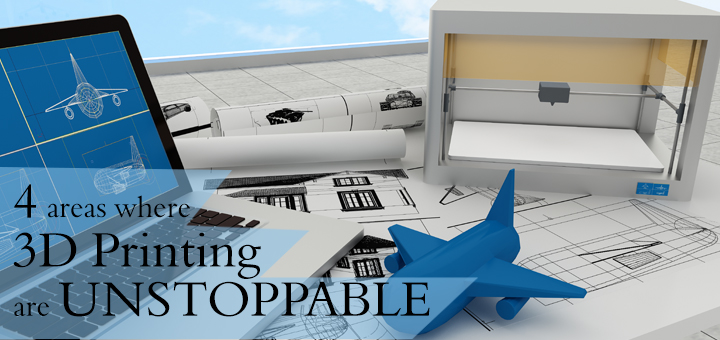3D printing is rapidly transforming the way we create and manufacture objects, offering an innovative solution for custom product creation at a fraction of the cost. With advancements in 3D printing technology, the market continues to grow, providing lucrative opportunities for individuals and businesses alike. Let’s explore how you can generate income with 3D printing in 2025 and beyond.
Updated Market Data: The Growth of the 3D Printing Industry
According to recent market reports, the global 3D printing market size was valued at over $22 billion in 2023 and is projected to reach $55 billion by 2030, growing at a CAGR of 24%. The rise in demand for customized products, coupled with advancements in additive manufacturing technologies, is driving this exponential growth. The increasing adoption of 3D printing in industries such as healthcare, automotive, and consumer goods highlights the enormous potential for entrepreneurs looking to capitalize on this trend.
Create and Sell Designs
One of the most accessible ways to start making money with 3D printing is by creating and selling 3D printable designs. Here’s how you can get started:
- Learn 3D Design Creation
Instead of “dressing creation,” focus on design creation using popular CAD tools. You can use software like Blender, Tinkercad, and Fusion 360, which are user-friendly and powerful for creating complex shapes and custom designs. These tools are ideal for beginners and professionals alike, allowing you to develop intricate models ready for printing. - Ensure Watertight Design
Your designs need to be watertight (error-free and 3D printable). Utilize free tools like Meshmixer or Netfabb for verification and error correction. Ensuring your design is free of gaps and defects will enhance print quality and increase customer satisfaction. - Sell Your 3D Designs Online
Once your designs are ready, you can sell them on popular 3D design marketplaces like Thingiverse, Shapeways, and Etsy. These platforms have a large user base looking for unique and customizable 3D models, making them excellent avenues for income generation.
Offer a 3D printing service
Offering a 3D printing service is a simple concept but not as easy as it looks. The investment of a printer itself costs hundreds of thousands of dollars. To offer a 3D printing service there are a few steps that you need to follow.
- Printer Selection: Several factors affect the process of printer selection such as cost, output quality, ease of use, and versatility.
- Mastering Intricacies: Once you select a printer, you need to experiment with it and learn tips and tricks to efficiently use a 3D printer.
- Offer Service: Once you are an expert at 3D printing, you offer your services on various 3D printing networks.
Highlight Niche Markets for 3D Printing
The versatility of 3D printing has led to its adoption across various niche markets, each offering unique opportunities for profit. Here are some thriving sectors where you can leverage 3D printing:
- Custom Jewelry and Accessories
The demand for customized jewelry is on the rise, as consumers seek unique, one-of-a-kind pieces. 3D printing allows for intricate designs and personalization options, such as custom nameplates, rings, and pendants. This niche market is perfect for entrepreneurs focusing on the personalized gift industry. - Prototyping for Startups and Inventors
Startups often need rapid prototyping to test and refine product concepts. By offering 3D prototyping services, you can assist inventors and small businesses in bringing their ideas to life quickly and affordably. This service is especially valuable in the tech startup and product development sectors. - Healthcare Applications
In the medical field, 3D printing is revolutionizing the creation of custom prosthetics, orthotic devices, and medical models for surgical planning. The ability to produce patient-specific solutions with precise anatomical details has made 3D printing an invaluable tool in healthcare.
Sustainability with 3D Printing
The growing awareness of environmental issues has made sustainability in 3D printing a hot topic. As the industry expands, there is a rising demand for eco-friendly practices that minimize waste and reduce the carbon footprint of manufacturing processes.
- Use of Recycled Materials
Consider using recycled filaments made from plastic waste or biodegradable materials like PLA (Polylactic Acid), which is derived from renewable sources like cornstarch. This helps reduce reliance on non-renewable plastics and appeals to environmentally conscious consumers. - Optimize Design for Material Efficiency
By creating optimized designs that use less material without compromising structural integrity, you can minimize waste and lower costs. Tools like Generative Design in CAD software can help you achieve efficient designs that are both strong and lightweight. - Promote Circular Economy Initiatives
Adopt a circular economy approach by encouraging customers to return used 3D printed products for recycling. You can also offer repair services for broken parts, extending the life of 3D printed items and reducing landfill waste.
Leverage 3D printing-based service/products
Leveraging 3D printing requires the most amount of cost investment and creativity requirement. However, it also gives the highest returns. Here you sell 3D printing revolutionized products as an online business. There are a few steps you need to follow to take the advantage of 3D printing service business.
- Idea: You need to come up with an idea for a product or a service that you want to sell. For example, you can allow people to customize designs on your site and print them based on their customization.
- Website: Once you have a service/ product idea, you need a website for your business.
- Partnership: If your website starts growing, you should partner with existing providers of 3D printing services.
- Optimize operational process: As you grow, the need for a refined operational process will grow.
Conclusion:
The future of 3D printing lies in the hands of innovators, creatives, and business-minded individuals. By mastering design, targeting niche markets, embracing sustainability, and offering tailored services, you can tap into the expansive growth of this industry. Now is the time to turn your passion for 3D printing into a profitable business venture.
FAQs
What is 3D printing and how does it work?
3D printing, also known as additive manufacturing, is a process of creating three-dimensional objects layer by layer using digital design files. It works by depositing materials like plastic, resin, or metal based on the model’s blueprint.
What are some profitable niches for 3D printing businesses?
Profitable niches include:
- Custom jewelry and personalized gifts.
- Prototyping services for startups and inventors.
- Healthcare applications like prosthetics and surgical models.
- Eco-friendly and sustainable products using recycled materials.
What skills do I need to start a 3D printing business?
To succeed, you’ll need:
- Proficiency in 3D design software like Tinkercad or AutoCAD.
- Knowledge of 3D printer operation and maintenance.
- Marketing and business management skills to promote your services
What materials can I use for 3D printing?
Common materials include:
- Plastics: PLA, ABS, and PETG for general applications.
- Resins: Ideal for intricate designs and detailed models.
- Metals: Aluminum and titanium for industrial parts.
- Biodegradable options: PLA for eco-friendly projects.
What materials are covered in CADD Centre’s 3D printing courses?
3D printing training Courses at CADD Centre cover a wide range of 3D printing materials, including PLA, ABS, resin, and metal, while also introducing learners to sustainable and recycled materials for eco-friendly printing solutions.
What career opportunities can CADD Centre’s 3D printing course open up?
Graduates from CADD Centre can pursue careers for 3D printing course in diverse fields, including:
- Custom product design
- Architectural modeling
- Healthcare prosthetics manufacturing
- Jewelry design
- Rapid prototyping for startups





